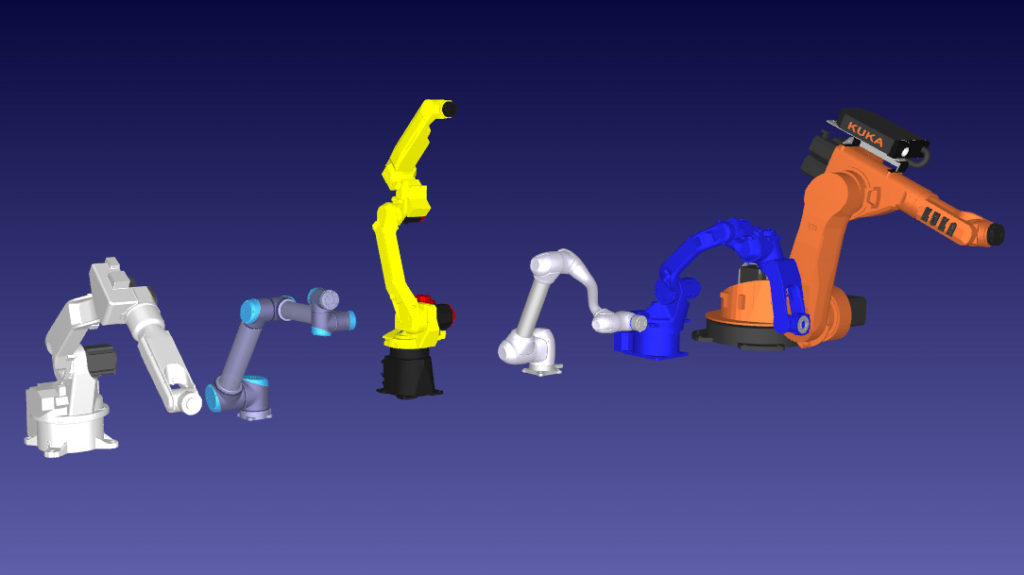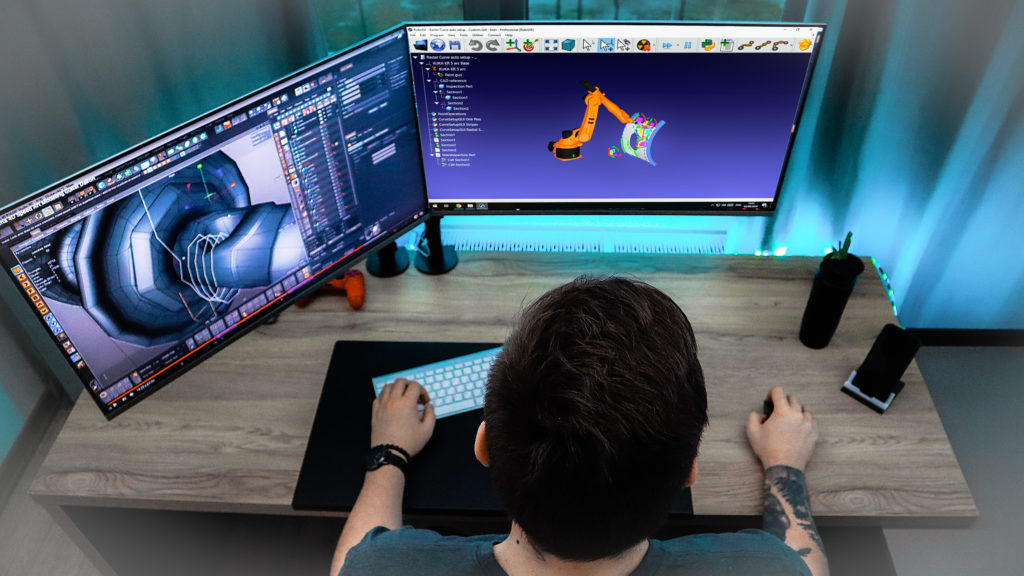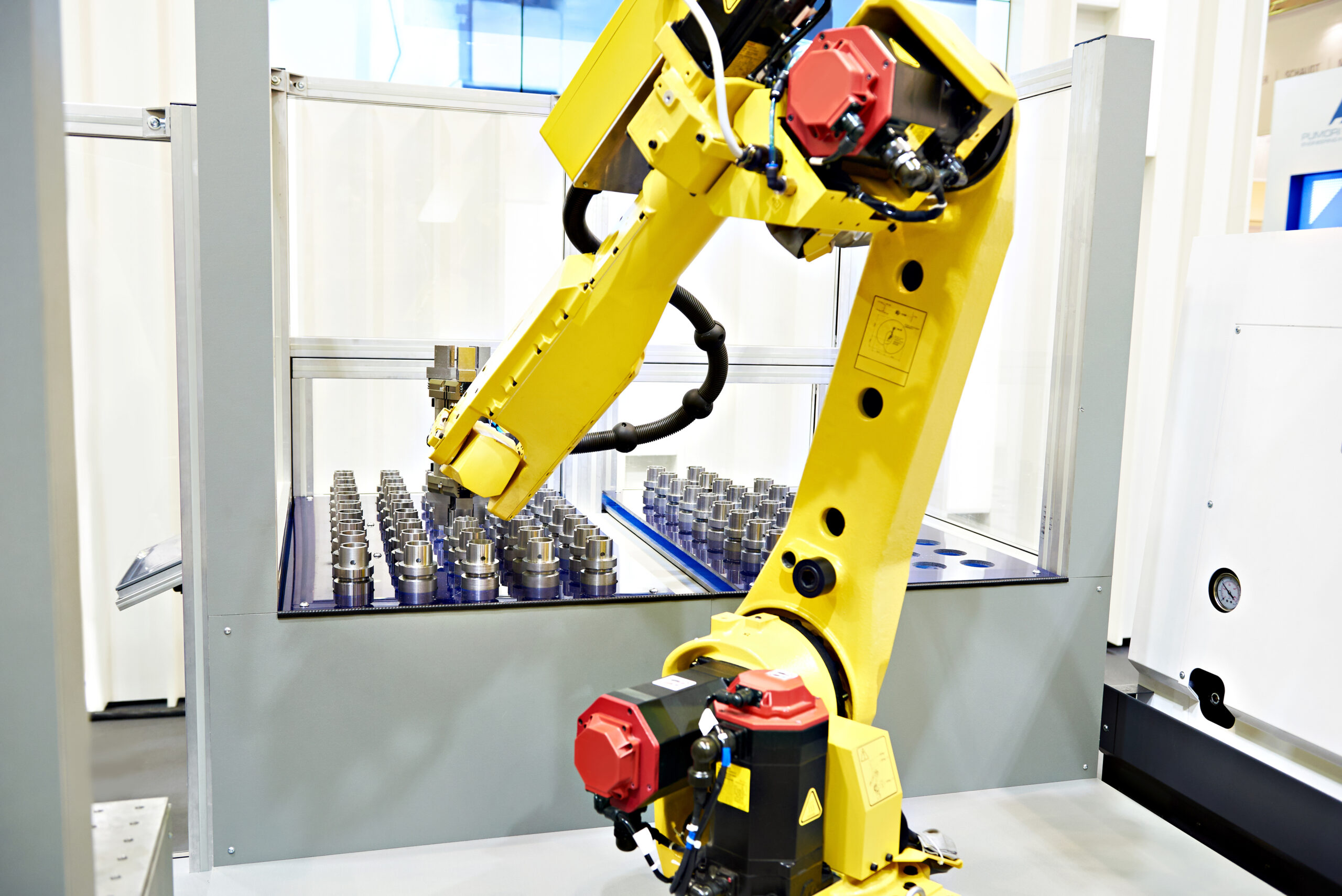How can you be sure that an offline programming package will suit your needs? By asking the right questions! Here are 10 questions you can use.
Selecting software is difficult. We want to make sure that we pick the best package for the needs of our business. But, there are so many options out there, so much conflicting advice, and we have so little past experience to draw from.
According to researchers “Selecting the right solution is an exhausting process for companies. Improper selection may result in wrong strategic decisions with subsequent economic loss to the organization.” And it’s not just the financial cost that’s a problem. The wasted time investment can also be damaging to your business and affect employee attitudes towards management.
Offline Programming (OLP) Software is no different. If you want to get the most from your robot cell, you need to make sure that your programming environment is up to scratch.
How can you tell if an OLP package is right for you? By asking the right questions!
Here are 10 questions you can ask to assess the suitability of an OLP software.
1. What Do I Need from OLP Software?
First, assess what you are looking for from offline programming. You should think about this in terms of the task itself, not about the technical needs of the software (that comes later).
Consider why you want OLP and what you are trying to achieve with the robot. When you have a clear understanding of your needs, it becomes much simpler to answer the following questions and pick an OLP package that works for you.
2. What Are My Long and Short Term Needs?
We are often very good at saying what we need in the short term, but not so good at planning in the long term. Offline programming can change the way you use robots forever, so a good OLP software should be able to go the distance.
Right now, you might be have only one particular robot or robot brand in mind for your current project. But, think about the long term. Does the OLP software support other robots you might use in the future?

3. Which Features Are Vital?
It’s easy to get distracted by an impressive list of features when you are comparing different software packages. However, a feature is only relevant to your decision if it’s a feature you actually need. For example, one OLP package might have a dedicated 3D Printing feature, but ask yourself: Is that something I need now or might need in the future? If so, you should take it into consideration. If not, you don’t need to include this feature in your assessment.
4. What is the Support Like?
Even the best software in the world needs support sometimes. Some of the more entry-level OLP packages have hardly any support (or no support if they are free open-source packages). You need to make sure that you can easily contact the software supplier whenever you have a problem and/or post a question on their forum.

5. Is There a Community?
Even with official support, it is very valuable to use OLP software which has some kind of community around it. You’ll learn a lot when you can easily interact with people just like you who are using the software for the same kinds of applications.
Community can take several forms, including a dedicated forum for the software, and video examples which demonstrate the software’s capabilities.
6. Does It Fit In My Workflow?
You don’t want to change every single thing about your process to be able to incorporate offline programming into your business. The software should slot into your existing workflow as seamlessly as possible. In fact, a good package will actually improve and streamline your workflow. It should be easy to import CAD models and the software should make programming your robot simple.

7. Does It Integrate With My Favorite Software?
You don’t want to jump through hoops to move models from one package to another. The best OLP software will integrate seamlessly with your existing software. It should include dedicated plug-ins for top CAD/CAM packages and modelers. However, it should also be easy to manually export and import models to allow it to support any package you like.
8. Which Robots Does It Support?
Some OLP software is tied into a particular robot manufacturer or even into a single robot model. This might be okay if you know that you will always use that robot and no other, but it can also be restrictive. Is it possible that you will incorporate a different robot into your business in future? If so, it makes sense to look for software which has a wide range of support for different robot brands and makes it easy to create your own mechanisms to support your custom designs. See our article Will Offline Programming Work With My Robot? for more guidance on this.
9. What’s the Total Cost?
It’s obviously important to ask about the cost of the OLP software, and it’s beneficial if the pricing is clearly set out on the company’s website. But, be warned, some suppliers of OLP software make it quite difficult to find out the cost. Some even require you to buy pricey add-ons to add extra functionality (e.g. robot machining, welding, etc), which can quickly push the total cost up. Ideally, you want software where everything is included in one price.
10. Can I Try It Out?
The best way to assess if OLP software will suit your needs is to try it out for yourself. Offline programming is much easier to understand when you’ve tested what it can do and got a feel for the software.
As a result, you really want software which has a free trial version of the software. Take a “test drive” and see what OLP can do for you.
What questions would you like answered about offline programming? Tell us in the comments below or join the discussion on LinkedIn, Twitter, Facebook, Instagram or in the RoboDK Forum.




